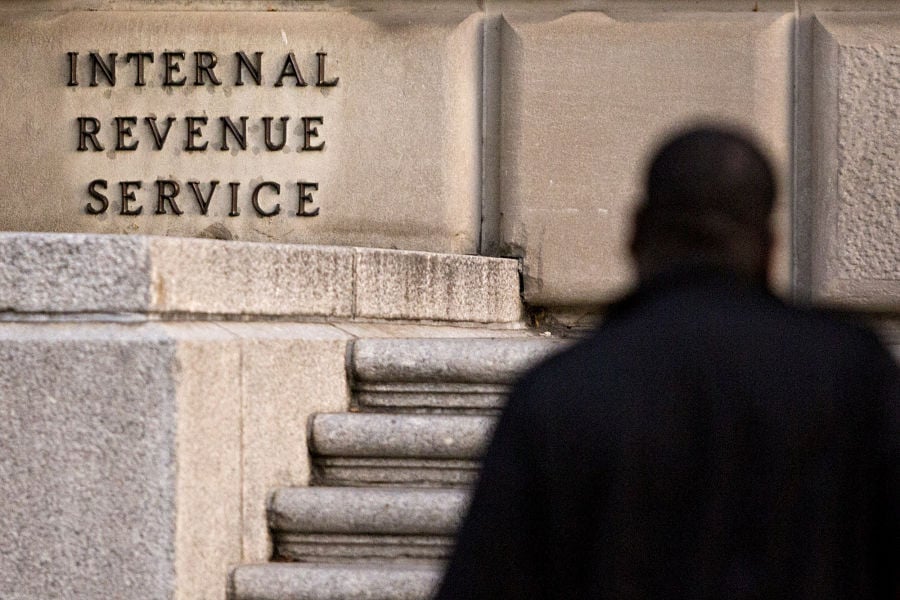

A wide-ranging Internal Revenue Service proposal overhauls rules for required minimum distributions from retirement plans to align with a landmark bill Congress passed more than two years ago.
The 275-page IRS proposal brings RMD regulations into agreement with the SECURE Act, which raised from 70½ to 72 the age at which retirees must start to withdraw money from individual retirement accounts and other plans. The measure also ended so-called “stretch” IRAs, limiting to 10 years the amount of time a non-spouse beneficiary has to take distributions.
The SECURE Act reforms have been in place since the legislation was approved in late 2019. The hefty IRS proposal provides long-awaited implementation details and also updates RMD policy to reflect other legislative changes.
On Thursday morning, the retirement policy community in Washington was trying to digest the proposal, which will be open for public comment for 90 days after being published in the Federal Register.
“They’ve rewritten everything,” said Carol McClarnon, a partner at Eversheds Sutherland. “You have to read through it carefully to see how the rules have changed because it’s not just the SECURE Act being addressed.”
Staffers at the Insured Retirement Institute are poring over the proposal.
“The proposed regulations are a step forward towards the implementation of the SECURE Act,” IRI spokesperson Dan Zielinski wrote in an email. “Increasing the RMD age was among many provisions in the law that IRI advocated so we and our members are keenly interested in how the proposal is structured.”
The proposal clarifies some aspects of the SECURE Act changes. For instance, it lays out the details of how much time a non-spouse IRA beneficiary has to liquidate the vehicle if it's inherited from someone who already started taking distributions.
In general, a beneficiary who is more than 10 years younger than the IRA holder can maintain the investment until the 10th year, with no distributions being required in years one through nine.
“However, the proposed regulations somewhat unexpectedly say that when RMDs have already begun to the participant, after death distributions must continue to be made in years one to nine in that situation, with the remaining account balance distributed no later than year 10,” McClarnon said.
The proposal also sets a specific time for the stretch IRA ban clock to begin for children who inherit an IRA. Children can take lifetime distributions until they reach the age of 21. At that point, they must liquidate the IRA within 10 years.
There are some exceptions to ending the stretch IRA. In addition to minors, the rule doesn’t apply to disabled people. But the proposal specifies that a disability must be documented before the stretch ban is lifted.
Other RMD reforms in the proposal encompass trusts, annuities, 403(b) plans, custodial accounts and deferred compensation plans.
The next iteration of the SECURE Act, or SECURE 2.0, was approved unanimously by the House Ways and Means Committee last year.
“IRI will continue to advocate for additional changes to help retirement savers, including boosting the RMD age to 75, which is currently reflected in SECURE 2.0 legislation in both the House and Senate,” Zielinski said.

AI is no replacement for trusted financial advisors, but it can meaningfully enhance their capabilities as well as the systems they rely on.

Prudential's Jordan Toma is no "Finfluencer," but he is a registered financial advisor with four million social media followers and a message of overcoming personal struggles that's reached kids in 150 school across the US.

GReminders is deepening its integration partnership with a national wealth firm, while Advisor CRM touts a free new meeting tool for RIAs.

The Texas-based former advisor reportedly bilked clients out of millions of dollars, keeping them in the dark with doctored statements and a fake email domain.

The $3.3 trillion tax and spending cut package narrowly got through the upper house, with JD Vance casting the deciding vote to overrule three GOP holdouts.
Orion's Tom Wilson on delivering coordinated, high-touch service in a world where returns alone no longer set you apart.
Barely a decade old, registered index-linked annuities have quickly surged in popularity, thanks to their unique blend of protection and growth potential—an appealing option for investors looking to chart a steadier course through today's choppy market waters, says Myles Lambert, Brighthouse Financial.
